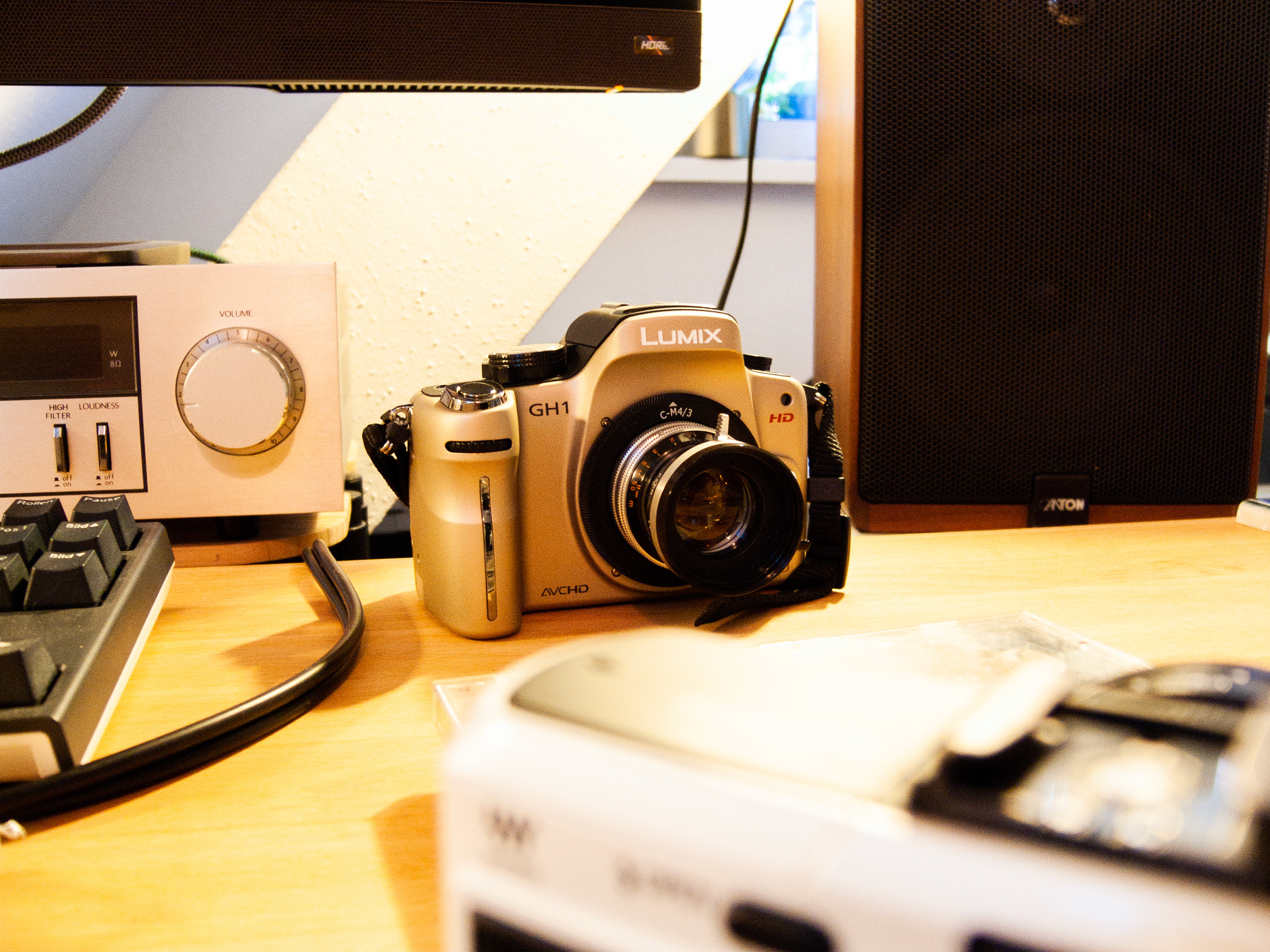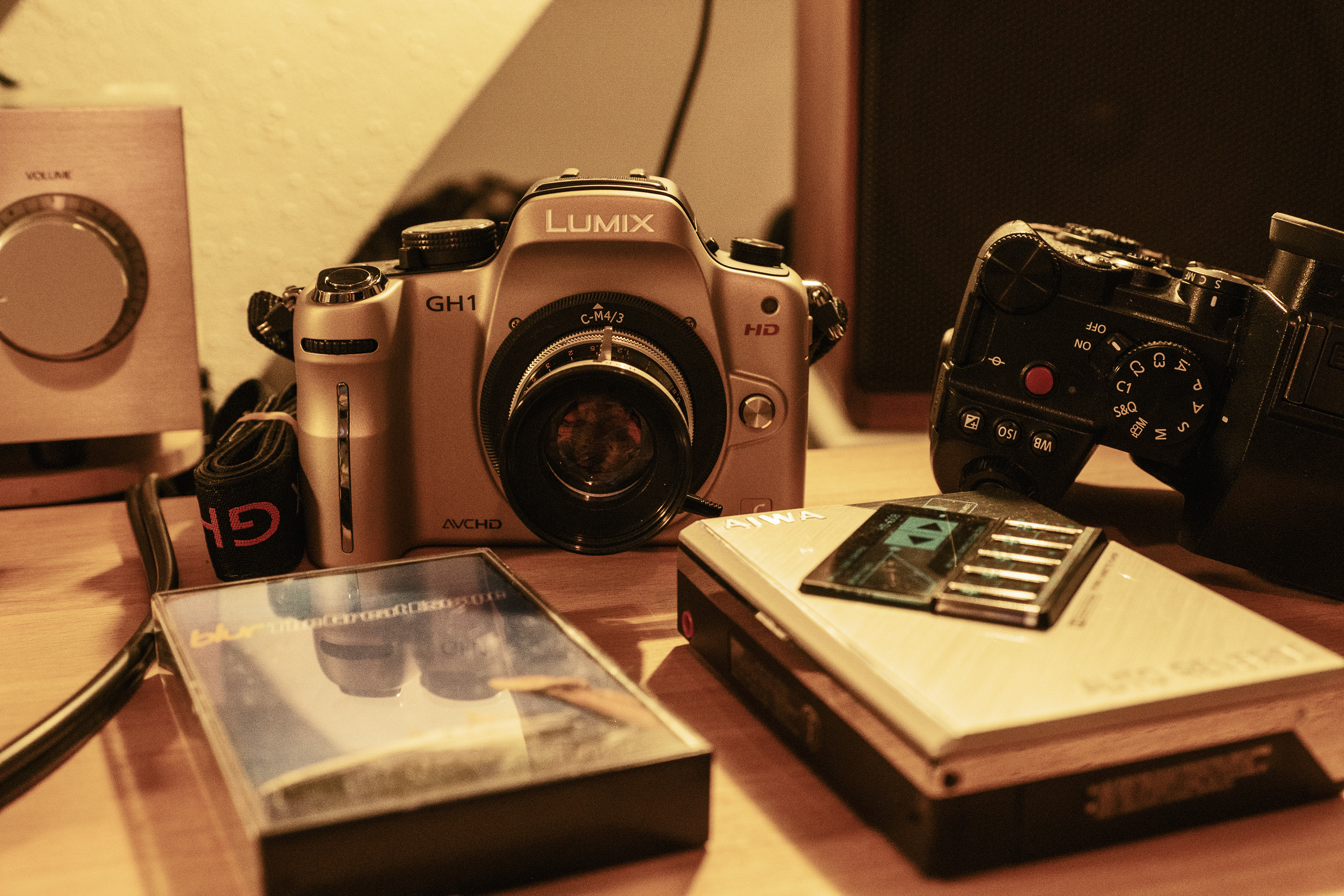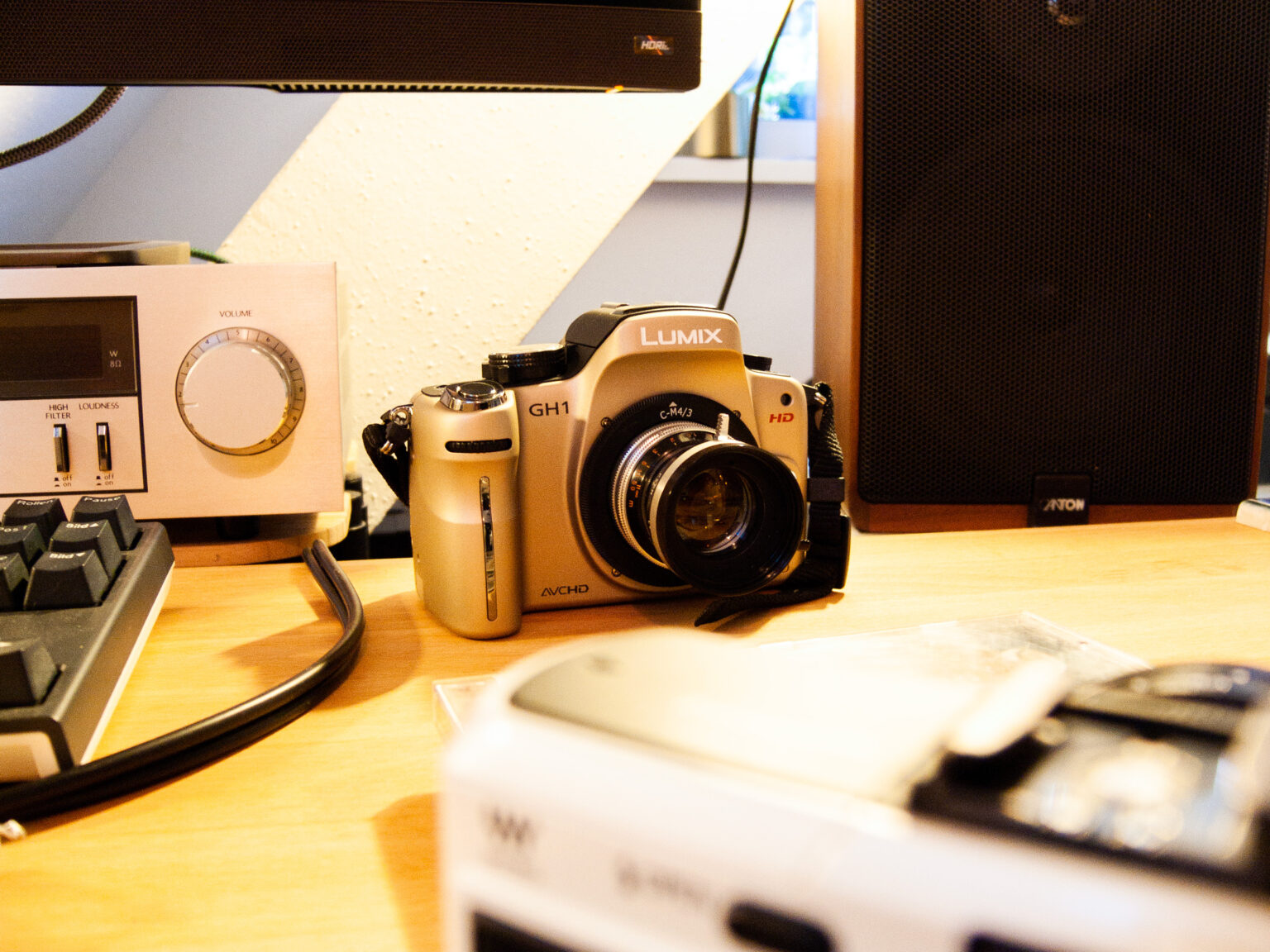
The designer’s intent for Micro Four Thirds has been so badly distorted by marketing, the system no longer makes any sense.
In the days of the Panasonic GH1, there would be never any question of simply sneaking a small sensor into the body of a full frame camera and calling it a day. This was never the ethos of Micro Four Thirds. Yet that is exactly what Panasonic have done with the G9 II.
In fact you can trace back the system’s decline all the way to the GH3.
The GH3 was the moment Panasonic started to abandon the original ethos of Micro Four Thirds. They had mishandled the GF line turning into a Micky Mouse entry level camera but with the GH2 they had a huge hit on their hands. It had opened up a whole new market, in filmmaking.
However with the GH3, the homogenous black DSLR style design took over and the camera grew to be almost as large as a Canon 70D. I am sure many saw this as a good thing, a sign of a ‘toy’ coming of age and turning ‘pro’. Yet for me, this is where the fun factor and unique appeal of Micro Four Thirds started to go into reverse.
The Panasonic G9 II is a further piece of really odd thinking by Panasonic. It cannibalises the Panasonic GH6, being practically the same camera for video despite being aimed at photographers, with the killer blow of adding phase-detect AF. Not content with depleting GH6 sales even further, Panasonic have gone one better and made sure the G9 II won’t sell either, by putting it in the chonky body of the full frame S5 II and making it almost the same price, with some equally expensive (and large) lenses.
Back in the days of the Panasonic GH1 and GH2, the system had a clear purpose.
It was to provide a small and light alternative to full frame DSLRs, for less money. Panasonic were also unique in having the best, seamless live view with no mirror, and the best video mode with the GH1, at a time when it was pretty much alone in doing so among mirrorless cameras. Sony wasn’t even offering 24p.
Of course today it is very different, and much harder to stand out on the market, especially when you show a complete lack of creativity as Panasonic have done with the G9 II body.
As full frame cameras have got smaller and less expensive, that has eroded the Micro Four Thirds unique selling point.
Yet Panasonic, could have maintained the allure of Micro Four Thirds and still gone up-market.
Micro Four Thirds could have been like a mini Leica M range for under $2000. Small fast primes, with autofocus (something not offered on the Leica M rangefinders), equally small bodies with high-end design and all lovely metal casing, to compete with the build quality of Leica. Small, unique designs, and artistic images. It would have sold copiously.
A Leica M system for the masses.

Instead we have ended up with basically Sony/Canon-knock offs – large bodies, high prices, big bulky zooms and this never-ending failed ethos of trying to compete for the same customers as full frame rather than being different.
The G9 II is a wannabe full frame camera and $1900, whereas the S5 II is an actual full frame camera for just $100 more.
If the G9 II fails to sell and signals to Panasonic that Micro Four Thirds doesn’t have a future, this will be a disaster.
We will lose a really fantastic format, which isn’t all about shallow depth of field, but about handling, creativity, convenience and unique features. All of that, much more important.
I absolutely love Japanese culture, their way of designing, the ethos of having huge power contained in ingeniously small casing. Why is the American marketing team allowed to dictate to Japan how they design their cameras?
As the Fuji X100 success shows, and the demand for the Leica Q series, small cameras sell in remarkable quantities.
Everything in fact is getting smaller, except Micro Four Thirds!
Smaller cinema cameras, smaller full frame cameras, smaller medium format cameras, not forgetting the smallest cameras of all – smartphones.
For me to compromise on outright image quality, and use a smaller sensor, there has to be a reason to go the other way.
If the reason is a Kern Switar 26mm F1.1 and the Super 16mm aesthetic, this justifies not quite having a clean ISO 6400 and the DOF of medium format!
If the reason is, it fits in my pocket and makes calls, this also justifies not lugging around a full frame camera everywhere I go.
If the reason is, it’s cheaper, it’s nicer to use, it’s cute, it’s the finest Japanese design and culture, I’ll take ten.
If the reason is simply, it has a different lens mount and a 2x crop, I will consider that a low-effort.
I can do a 2x crop on my full frame camera and use my Super 16mm lenses on that instead.
I can also do it on the Fuji X-H2 and maintain more than 4K resolution.
In my opinion, the Panasonic G9 II will not sell – and it could well be the end of the entire Micro Four Thirds ethos of something which was different to the norm, and all the better for it.
I doubt we will see a GH7 now, let alone a tiny Leica-M or Leica CL style rangefinder from Panasonic designed principally for photographers as a thinking man’s alternative to full frame, which just so happens to also shoot fantastic video.
This would be a very sad day for filmmakers, photographers, and not least of all Panasonic themselves.




